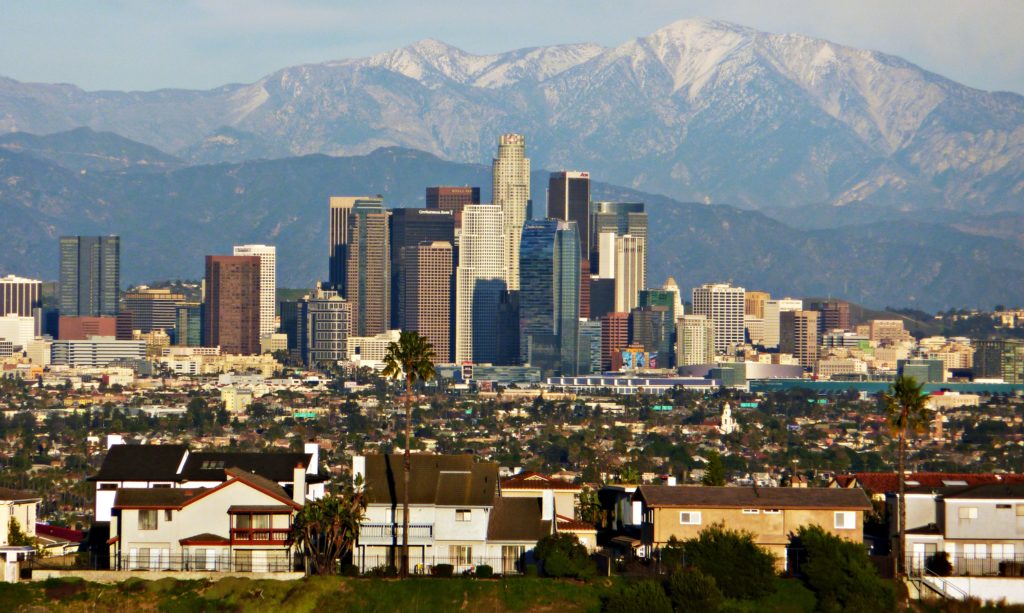
Thankfully the broker was very open and we began to look at the county requirements and then went to look at properties. The county in this area had designated only one zone for dispensaries, and of course the pickings were slim. It has been curious to me to understand why cities and counties choose the zones they do for dispensary or cultivation operations. They all choose different zones, except none permit dispensaries near “sensitive areas” such as schools, churches, libraries, etc., which is understandable. But some choose industrial zones, others commercial, some professional commercial, and so on. There is no consistency. In any case, this county had dozens of commercial locations where dispensaries were not allowed that were far from any sensitive areas. The broker informed me of the surrounding cities that opposed dispensaries. However, we found a promising location and I returned to Los Angeles.
On my way out of the area I visited several local small retail stores to get a feel for the area. It seemed like there wasn’t a whole lot of business; some folks came in to browse or purchase a small item here and there. Then I frequented the one medical marijuana dispensary in the area. I went in, signed the paperwork for membership, looked and listened. I observed a steady stream of locals that the dispensary employees knew by name. Equally, men and women at an average age of 30 or 40 filtered through the doors to the purchase area. I noticed the edible products were made primarily from the Southern California area and were not any local products. During the half hour I was at this dispensary making observations, at least 10 to 15 people came through. I noticed that every single one of them made a purchase.
This told me that the locals supported the business. And I wondered whether or not some of the patients were from the cities that did not want “this kind of business” in their city, forcing them to drive a few miles to make their purchases. I brought this fact up to the city planner when I got back while inquiring if it were possible to obtain a zoning variance for some of the other buildings that were not close to sensitive areas but sitting dormant. He acknowledged local support, but was not in a position to guarantee acceptance of a variance.
Sad. All these empty buildings just sitting there. Meanwhile, there is a business the community obviously supports, but people don’t want to let on that the support i



